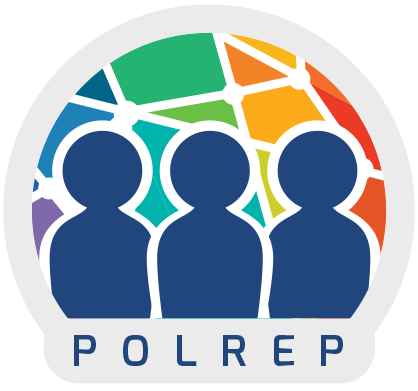Objectives
The first objective is to map the policy priorities and preferences of individual Romanian legislators in a longitudinal and comparative perspective to understand how policy differentiation between parties evolved in different domains and whether we just see the same patterns there as in other modern societies. We shall conduct a survey of Romanian legislative candidates after the next parliamentary election, and match it with previous such surveys carried out partly by us from 2003 to 2016, as well as with data on legislative activities from 2004 to 2022. The key innovation here is the addition of manually coded data on bills in parliament using the codebook of the Comparative Policy Agendas project (Baumgartner et al 2019). While survey data map politicians’ preferences on attitude scales that are comparable to those used in citizen surveys, the information from the legislature gives high validity and very detailed longitudinal data on how policy differences evolve between and within Romanian parties over time. The coded data on legislative activities will also put policy differences between Romanian parties in a cross-national comparison, and thus benchmark what policy areas prompt unusually high or low partisan divergence in Romania.
The second objective is to build a massive longitudinal corpus about the online media coverage of legislative and ministerial activities in Romania, and conduct interviews with journalists to understand in a systematic way how Romanian media cover policy differences between parties and what influences journalistic choices in this domain. Combining these two types of data and the use of supervised machine learning techniques for the coding of large amount of news media content will be crucial methodological innovations in the Romanian context. Going beyond our team members’ prior work on identifying themes, frames and sentiments in news media content with the help of automated text analysis (Popescu et al 2018), this novel approach will allow a close match between the manually coded data on what issues arise in the legislature and the data on what issues are covered in the press. It will also be complementary to the findings based on the European Media Systems Survey in terms of information quality, journalistic professionalism and coverage of politics and policy.
The third objective is therefore to link the above data about politicians and media content to test theoretically derived expectations about why certain policy disagreements between the parties get more coverage than others, and what are the main systematic obstacles in party behavior and journalistic choices to clearer and more intelligible policy disagreements between the parties appearing in the Romanian media.
The last objective is to study issue-based voting in the Romanian electorate partly with the help of historical survey data from the previous decades, and partly with the help of innovative, low-cost, rapid and well-tested online survey experiments that will allow us to examine citizen responses to policy disagreements among parties as these appear in real life in the 2020-2022 period. Both components will gauge far more precisely than previous research the patterns in what policy disagreements between parties prompt stronger responses among citizens. They will allow us to examine what substantive issue content; how much consistency, endurance and ideological coherence of party differences; and what media presentation characteristics are most likely to prompt stronger issue attention and issue-based voting choices in the Romanian electorate. These questions build on but go much beyond the work on information effects in Romanian elections of some our team members (Popescu and Toka 2003; Toka and Popescu 2007).
Results
In practical terms, our project will lead to the creation of very rich and publicly accessible databases on issue attention and policy agendas in Romanian legislation; media coverage of legislative and executive activities; journalists’ practices and perceptions regarding the press coverage of policy debates and parliamentary activities; and citizen responses to policy issues depending on how parties differentiate on the issue, how the media presents these differences, and whether the citizens care much about these issues.
Two of our resulting datasets will be incorporated in the Comparative Candidates Survey and the Comparative Policy Agendas Project. We also intend to publish a volume at a prestigious publishing house. In addition we would submit six papers (and at least one article per year) to ISI ranked scientific journals such as Parliamentary Affairs, Legislative Studies Quarterly, or Party Politics and seek other suitable publication routes for the remaining products.

